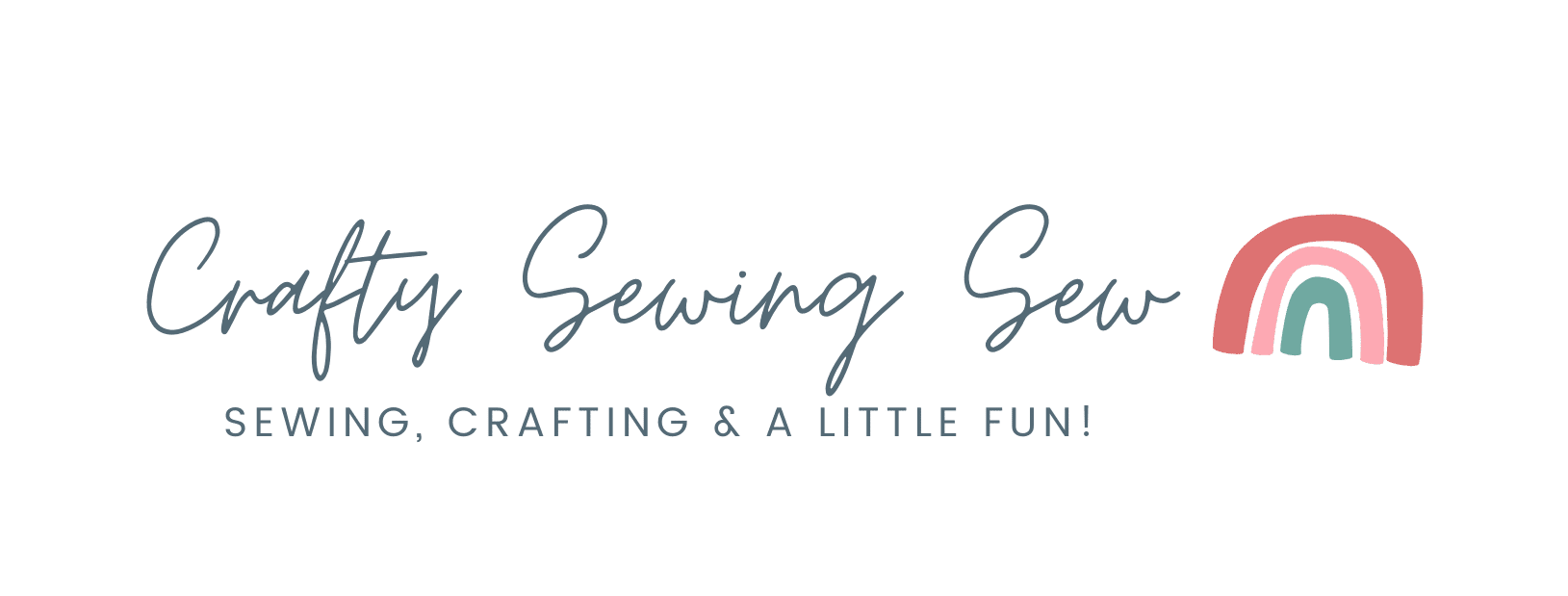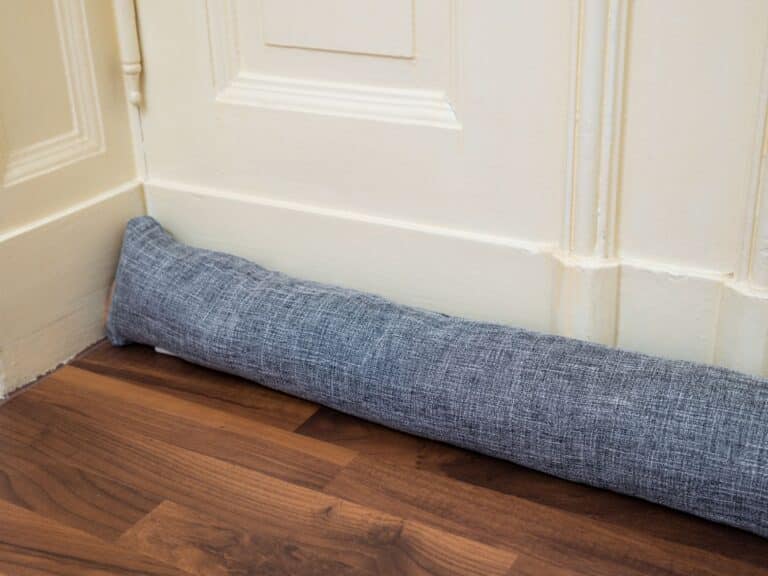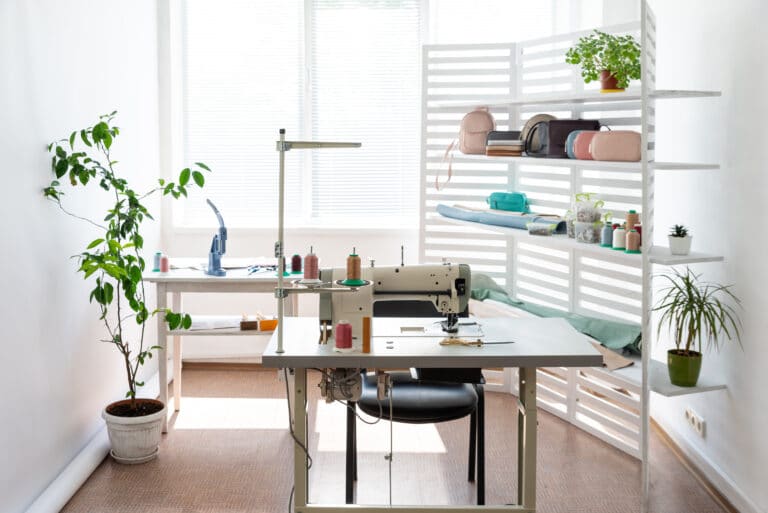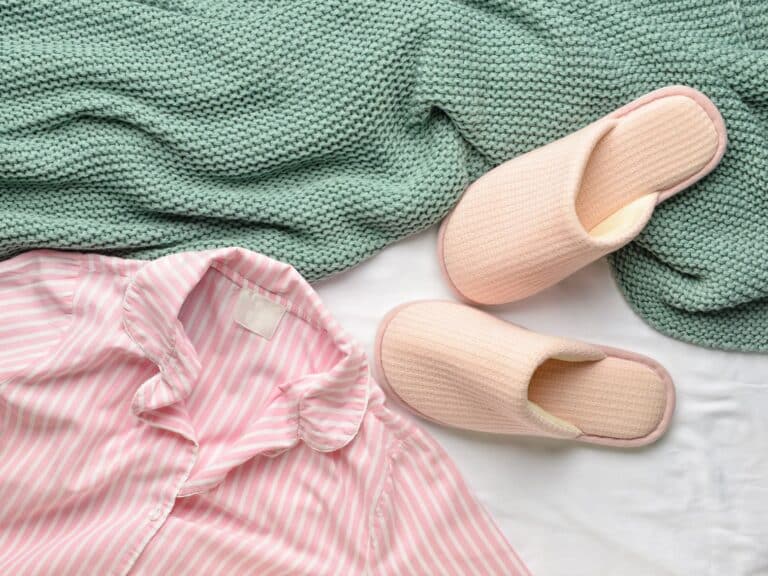Sewing Machine Bobbins – What You NEED To Know!
Some of the links below are affiliate links. As an Amazon Associate I earn from qualifying purchases. This means that, at zero cost to you, I will earn an affiliate commission if you click through the link and finalize a purchase.
Sewing machine bobbins are one of the most important parts of a sewing machine. Whether you sew out of your love for the craft or professionally, understanding more about bobbins carries a great deal of significance.
Essentially, there are various dynamics that you should know about in regards to sewing machine bobbins for you to get quality outcomes from your sewing projects.
For example, you could be asking: Can I use metal bobbins in my Janome sewing machine? This is an important question. Well, the size and type of bobbin that you use in your machine affects the quality of work that you produce.
For this reason, read on to learn everything you need to know about sewing machine bobbins.
What Is A Bobbin?
A bobbin is a small wheel made of wood, metal, or plastic. The function of a bobbin in a sewing machine is to hold a thread. There is a specific place on a bobbin where the thread goes round.
It’s important to note that bobbins are detachable parts of a machine. This allows you to wrap the thread around the bobbin manually.
After winding the thread around the bobbin, you can take it back to its compartment. Fundamentally, a bobbin is so essential to your sewing project because you need it to make stitches.
How to Thread a Bobbin
There are 9 steps you should follow to thread a bobbin.
1st Step: The first thing you have to do is to pull out a thread from your bobbin. A 10cm tail will do just fine.
2nd Step: Take out the bobbin case from your sewing machine. To remove it, you just have to raise the lever near the central pin.
3rd Step: With the bobbin case on your left hand and the bobbin filled with thread on your right hand, join the two together. Remember to have the 10cm thread tail pulled from your bobbin.
4th Step: Pass the tail through the small opening and then pass it under through the tensioning clasp.
5th Step: Push the bobbin case back to its slot. Make sure it is firmly fitted into its compartment.
6th Step: With your left hand, hold the top bobbin thread and then turn the balance wheel to you for the needle to have a full revolution. You will notice that the top and bottom thread will meet during this process.
7th Step: Pull the bottom thread from between the feed dogs.
8th Step: Take the end of the bottom thread out using a pin.
9th Step: You can now close up the cover of your bobbin box. You have now threaded your bobbin.
Are Sewing Machine Bobbins Universal?
The simple answer to this question is that bobbins are not universal. The implication of this fact is that you cannot use any bobbin in any sewing machine.
You have to know your machine well and be aware of the different dynamics of bobbins for you to know which one to use. If you use the wrong bobbin, the likelihood of affecting your work negatively is high.
In this regard, you have to take note of the type and size of bobbin that you are using. Given that bobbins come in different sizes, you have to know the one that is compatible with your machine.
For example, if you are using a long arm quilting machine, a large bobbin size is ideal. A small one will not give you the quality work you are looking for.
In respect to types of bobbin, you can either use a metal or plastic one. Your machine manual should show you whether it works well with metal or plastic bobbins.
Both types have different sewing experiences so you need to know which one is better for your machine. The bottom line is that bobbins are not universal. Different bobbins have distinct sewing experiences in particular machines.
What Size Bobbin Should I Use For My Machine?
There are different sizes of bobbins for you to choose from. Basically, you have to use the right bobbin size for your machine in order to make your sewing effective.
You can know the size of bobbin to use by examining the dimensions of a bobbin case. asserts that the measurements of a bobbin case will establish the diameter of the ideal bobbin to use.
Thus, the case should not be too large and too small. If it’s too large, the bobbin will not fit. If it’s too small, it will be impossible to sew. As a result, you should ensure that the dimensions of the bobbin case are compatible with the diameter of the bobbin you are using.
However, you can also know the right size of the bobbin to use by checking the style and type of your machine. There are specific bobbin sizes that match with particular sewing machines.
Are Metal Bobbins Better Than Plastic?
Generally, metal bobbins are better than plastic ones. So, you can use metal bobbins in your sewing machine. There are various reasons why metal bobbins are better.
To begin with, they are more durable. If you will want a bobbin that will have a longer lifespan, then you should go for a metallic one.
Additionally, metal bobbins are able to withstand the pressure of sewing better than plastic bobbins. This encourages many people to prefer the metallic option.
Also, in the event of too much tension applied on a bobbin, a metallic one will not easily deform, which is a plus.
Another very important factor is that metal bobbins are good with older classic sewing machine models. If you use plastic bobbins in older machine models, you will notice that they will become loose with time and they will affect the quality of stitches.
To avoid this, you would rather use metal bobbins. Some of the brands that use metal bobbins include Singer, Bernina, Riccar, and Janome.
It is evident that bobbins are vital components of your sewing machine. For you to have quality results from your sewing projects, you need to use the right bobbins for your machine.
Usually, bobbins come in different sizes and types. Therefore, before you buy them, it’s a good idea to make sure that you are getting the right ones for your machine.
Some machines and brand will specify that they require plastic over metal, so always check this before changing your bobbin to metal.



